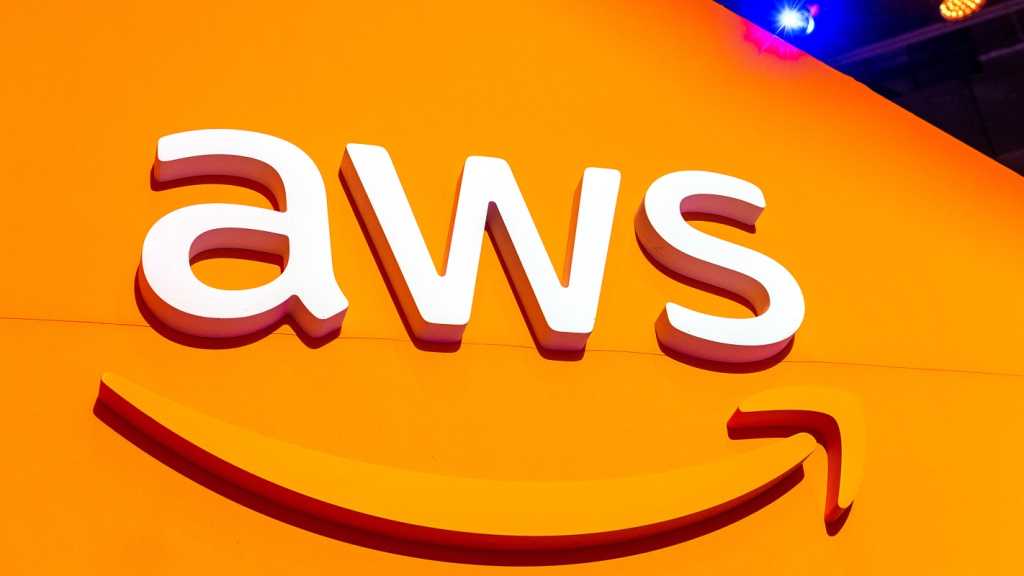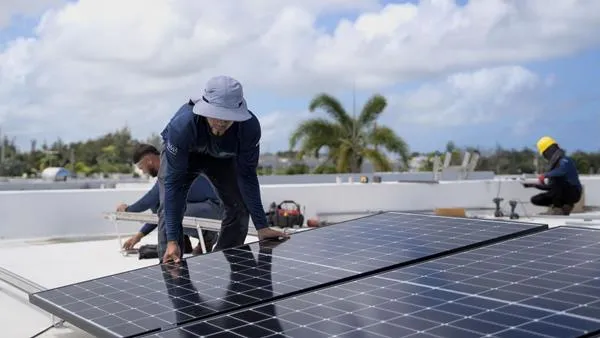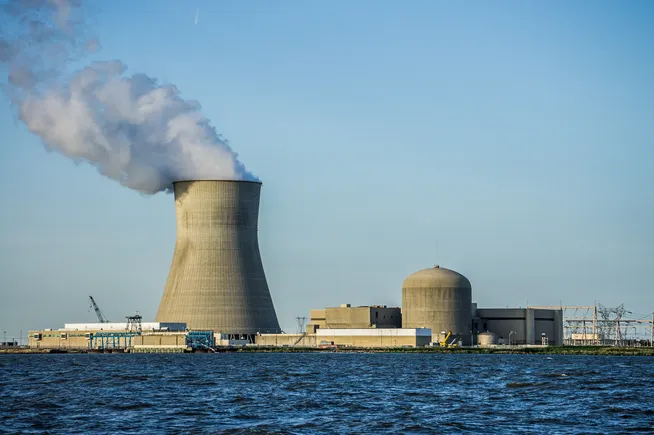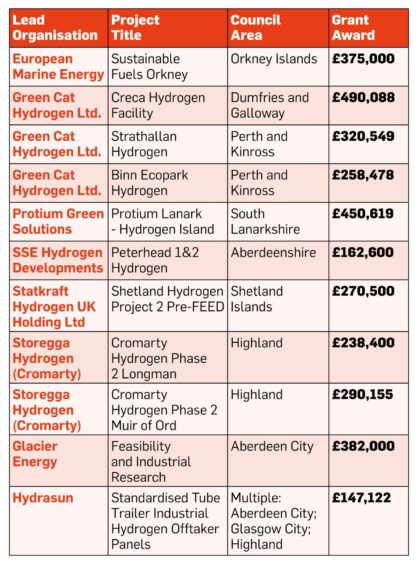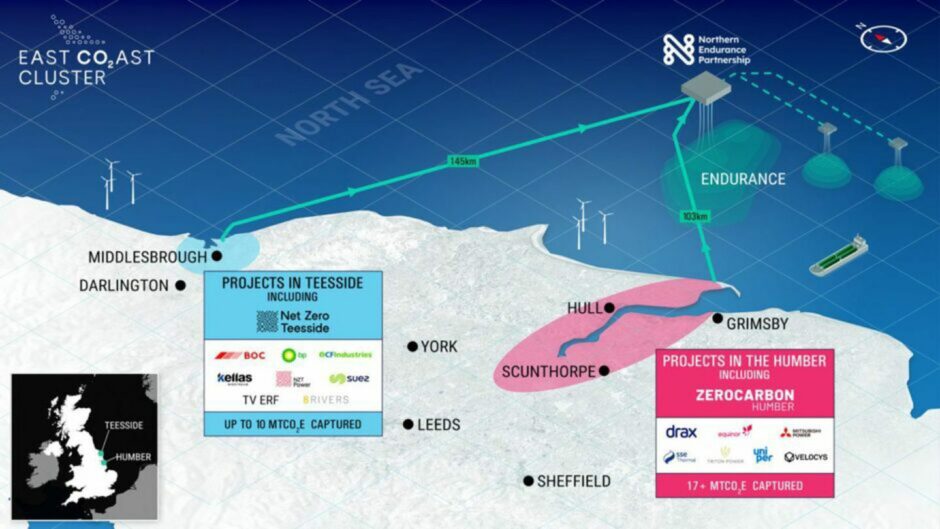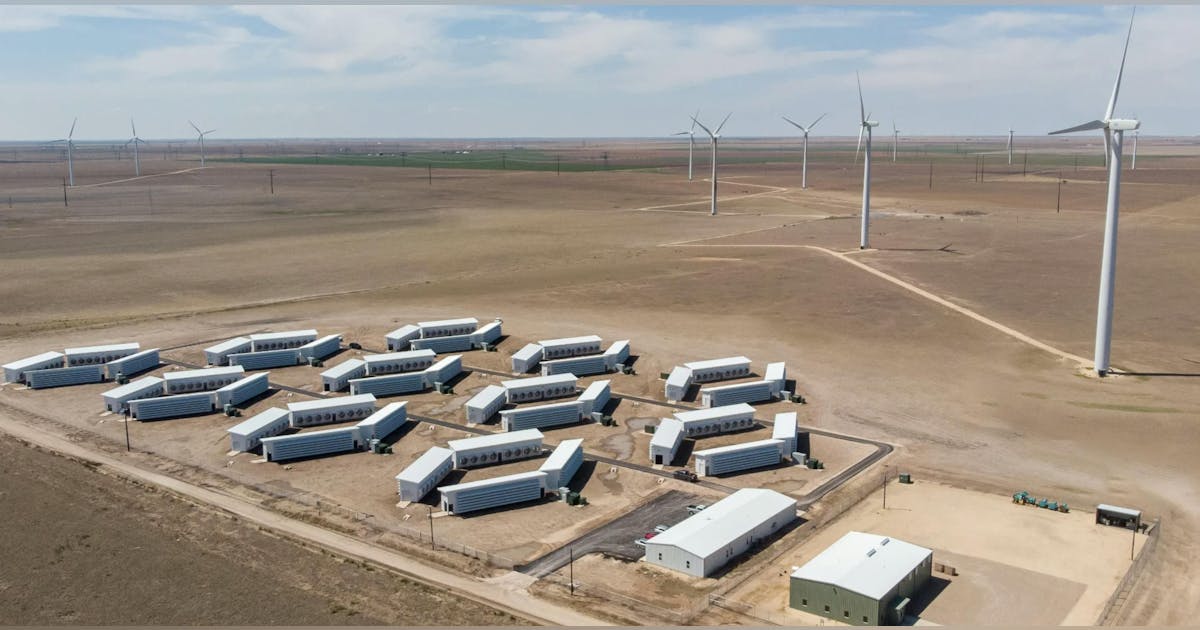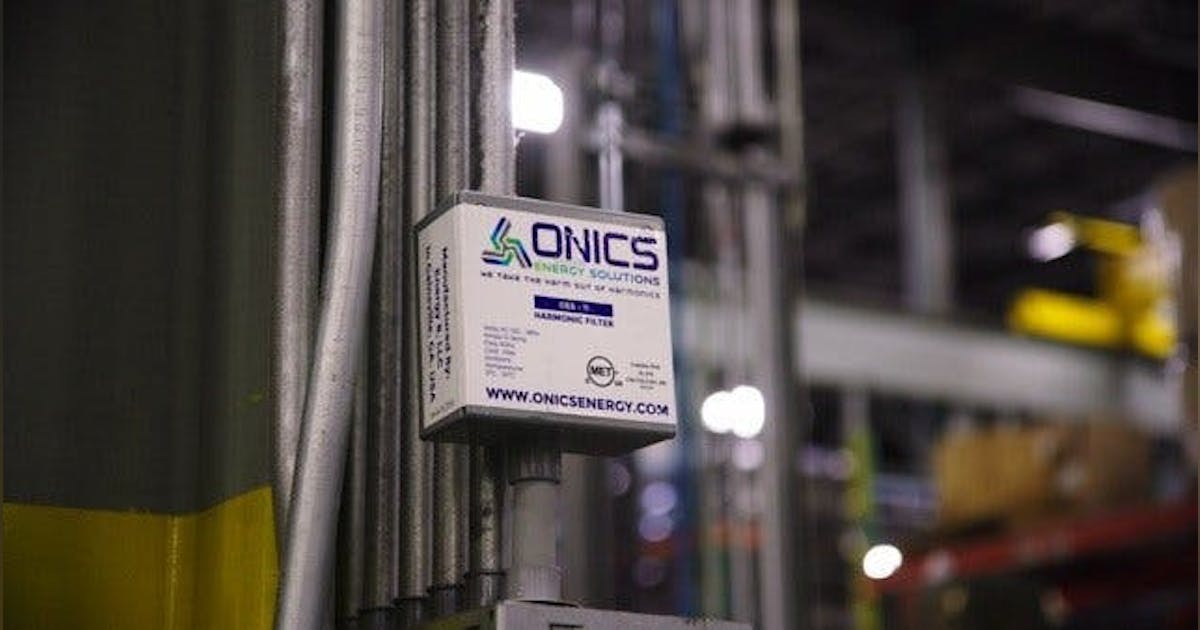
The US and Ukraine reached a deal over access to the country’s natural resources, offering a measure of assurance to officials in Kyiv who had feared that President Donald Trump would pull back his support in peace talks with Russia.
The deal will grant the US privileged access to new investment projects to develop Ukraine’s natural resources including aluminum, graphite, oil and natural gas. It’s been seen as critical to fostering Trump’s goodwill as his administration pushes to end the war that began when Russia mounted its full-scale invasion more than three years ago.
“This agreement signals clearly to Russia that the Trump administration is committed to a peace process centered on a free, sovereign and prosperous Ukraine over the long term,” Treasury Secretary Scott Bessent said in a statement. “And to be clear, no state or person who financed or supplied the Russian war machine will be allowed to benefit from the reconstruction of Ukraine.”
Ukrainian Economy Minister Yulia Svyrydenko said in a social media post that “together with the United States, we are creating the Fund that will attract global investment into our country.”
Trump, in a NewsNation town hall on Wednesday night, said he told Ukrainian President Volodymyr Zelenskiy when they both attended the funeral of Pope Francis at the Vatican last weekend that “I was telling him that it’s a very good thing if we can produce a deal that you sign.”
The signing ceremony on Wednesday concluded weeks of contentious negotiations and pulled the two countries back from a rift. Zelenskiy had come to Washington in February to sign the resources deal but went away empty-handed after he got into a testy back-and-forth with Trump and Vice President JD Vance in the Oval Office as the cameras rolled.
The accord was reached as Trump marked the first 100 days of his current term and is under pressure to secure victories as polls have shown an erosion of his favorability, driven largely by angst over his economic policies. He’s also been frustrated in delivering on promises to bring quick solutions to the conflicts in Ukraine and Gaza.
Trump’s focus on Ukraine’s commodities has raised questions about what the nation actually has to offer. While he has previously referred to the agreement as a “rare earths” deal, Ukraine has no major rare-earth reserves that are internationally recognized as economically viable. It is, however, an established producer of coal, iron ore, uranium, titanium, and magnesium, and expanding those sectors could be profitable for the US.
Under the terms of the deal, the US would get first claim on profits transferred into a special reconstruction investment fund that would be jointly managed by both nations. The deal is intended in part to reimburse the US for future military assistance to Ukraine. The fund will be financed by 50% of the revenues from new licenses in projects relating to critical materials, oil and gas.
Washington also acknowledged Kyiv’s intentions for the deal to avoid any conflict with its plans to join the European Union — long seen as a red line for Ukraine in the talks.
Many questions remain about the extent of future US support, including whether Trump will send more of the weapons and ammunition that Ukraine has come to rely on in the fight against Russia. The deal offers no direct security guarantees by the US, though Svyrydenko said on social media that it “reaffirms the United States of America commitment to Ukraine’s security, recovery, and reconstruction.”
While Congress is unlikely to appropriate new money for Ukraine beyond what’s already been allocated, it’s important that the US continue intelligence sharing, which is “basically irreplaceable,” said Charles Lichfield, deputy director of the Atlantic Council’s GeoEconomics Center in Washington.
The administration briefly cut off intelligence when Ukraine and the US failed to reach a deal on natural resources in February.
“Any positive step, anything that keeps the US engaged, is worth having,” Lichfield said.
Ukraine’s Prime Minister Denys Shmyhal has said that Washington dropped its insistence that the deal provide for repayment of billions of dollars in aid already delivered since the start of Russia’s invasion. That was considered a success given that Trump had earlier demanded the equivalent of $500 billion from rare earths.
The focus will now shift to the negotiations over a peace deal. Trump’s envoy, Steve Witkoff, met Russian President Vladimir Putin in Moscow last week but so far hasn’t been able to secure a lasting ceasefire.
Russia attacked six Ukrainian regions overnight with 170 drones, including 21 that targeted the Black Sea city of Odesa, killing three people and injuring 15, according to Ukraine’s State Emergency Service.
White House officials have said Trump has grown increasingly frustrated with both Ukraine and Russia for so far failing to conclude a peace deal — which he promised to conclude in his first day in office.
Trump has threatened to walk away if there’s no progress in those ceasefire negotiations, raising concerns among Ukraine’s allies about the extent to which Kyiv may be blamed for talks falling apart. The resources deal appears to put Zelenskiy and Ukraine back in Trump’s good graces, at least for now.
“We made a deal where our money is secure, where we can start digging and doing what we have to do,” Trump said at a cabinet meeting at the White House earlier Wednesday. “It’s also good for them because you’ll have an American presence at the site, and the American presence will keep a lot of bad actors out of the country or certainly out of the area where we’re doing the digging.”
US and Ukrainian officials signed a memorandum of intent earlier in April, and continued to hash out the technical details of the deal. Zelenskiy then met one-on-one with the American president at the Vatican.




